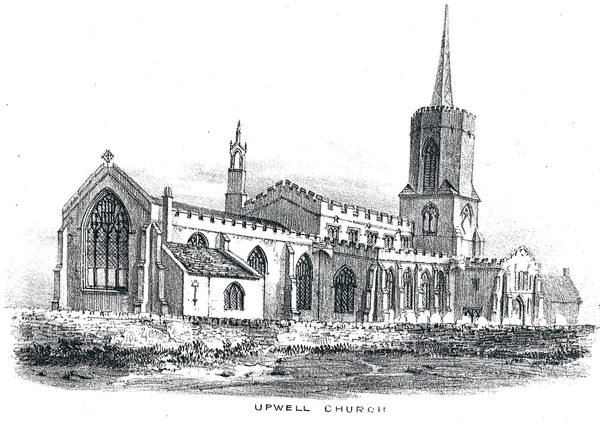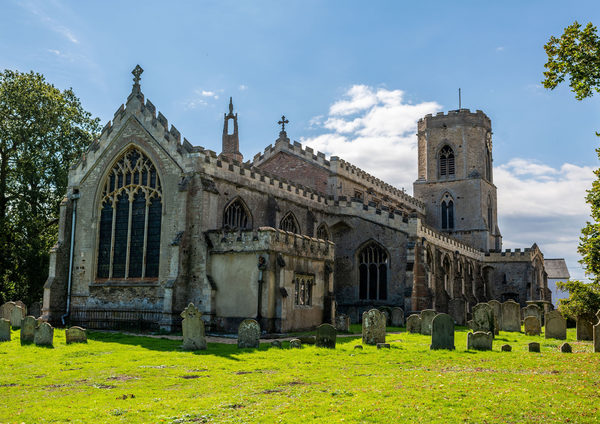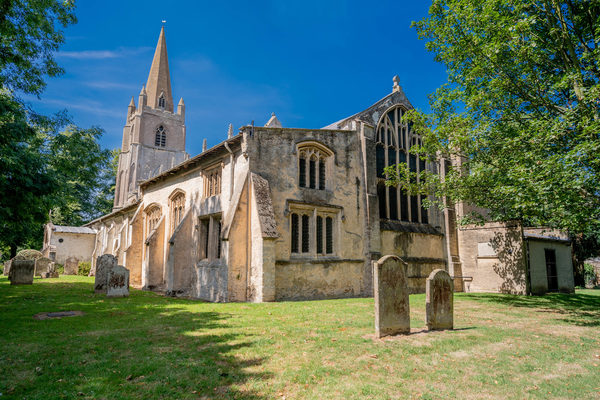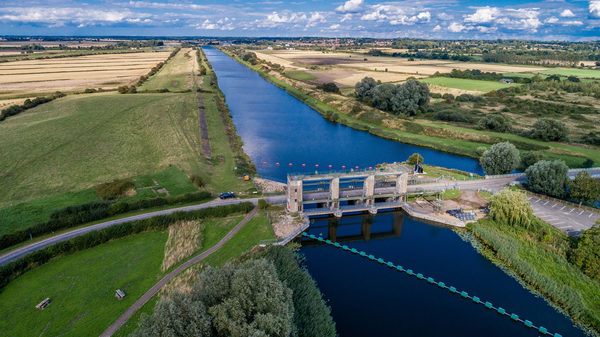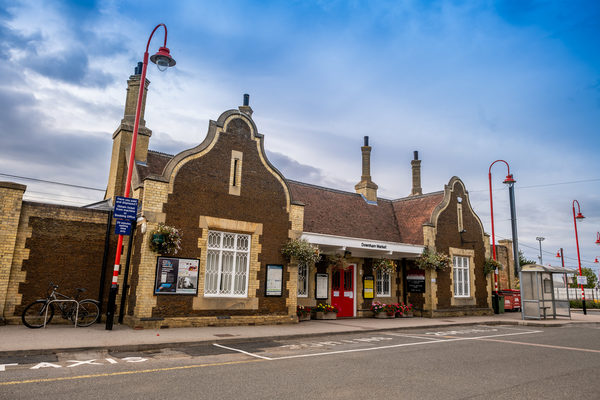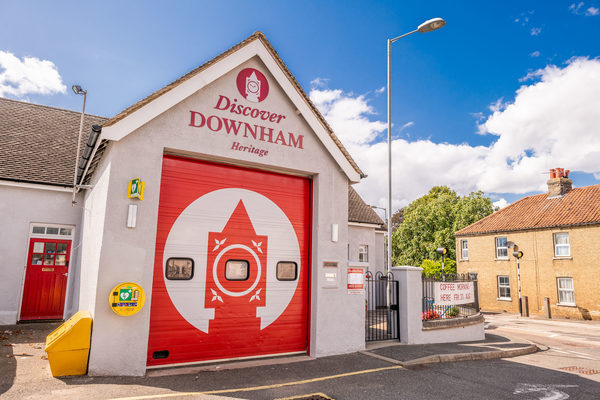St Peter’s Church is largely of the Perpendicular style, and sits on the bank of the River Nene that winds between the straggling houses of the town. Constructed of Barnack stone and ragstone, the church has a soft and weathered feel, and the embattled walls and octagonal stage tower are unusual features in Norfolk.
The previous 13th century church, to which the tower was originally attached, actually sat on ground occupied by the current north aisle. The present nave was began adjacent in 1310, the old church demolished and redeveloped into the north aisle by the 1460s, at the height of Upwell’s mercantile prosperity. Restoration during the Victorian period was inevitable, leaving a largely 19th century interior, although Georgian galleries in the north aisle and west end of the nave survive, as does the gorgeous angel roof.
The church also contains one of the largest pulpits in Norfolk, as well as an octagonal Perpendicular style font and a 14th century East Anglian lectern. St Peter’s also has a stunning number of monuments. Inside are two early 15th century brasses of priests, as well as a touching brass inscribed ‘in memory of sixty seven individuals of various age and either sex who in the short period from June 21st to August 13th 1832 died in this rectory of Asiatic Cholera, a frightful and previously unknown disease in this country - Reader, why hast thou been spared? To what purpose hast thou been left until now?’
Outside in the churchyard are an almost intimidating number of 18th century headstones and monuments, of which no less than fifty-eight are listed by English Heritage.
A fragment of Roman pavement can be found in the churchyard. The present church building is large, elaborate and magnificent, with a 13th century north tower. The west wall of the nave is 14th century, with the rest of the nave, aisles, chancel and top of tower being of 15th to 16th century construction with remarkable roofs.
